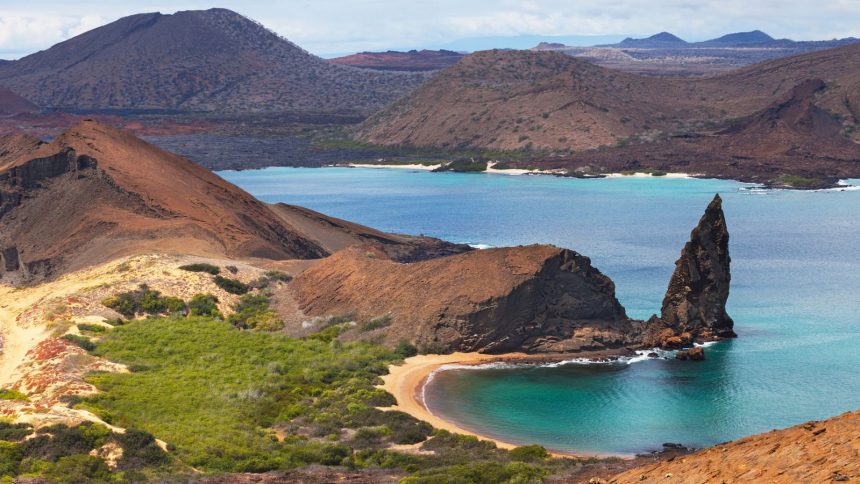Discovering eco friendly travel locations is a fantastic way to explore the world while keeping the planet’s health in mind. These destinations are all about sustainability, conservation, and green practices, offering travelers a chance to experience stunning natural beauty without leaving a heavy environmental footprint. Picture vibrant ecosystems, from dense jungles to crystal clear coastlines, where eco conscious initiatives like renewable energy, waste reduction, and wildlife protection are front and center.
Visitors can dive into sustainable activities such as guided nature hikes, cultural tours, or farm to table dining, all designed to support local communities and preserve the environment. Choosing these green travel spots means embracing responsible tourism, cutting down on carbon footprints, and soaking in authentic experiences that honor the planet’s resources. Whether it’s staying in an ecolodge powered by solar energy or exploring a region with strict conservation policies, these places inspire travelers to make a positive impact. For anyone passionate about sustainable travel, these eco friendly destinations deliver unforgettable adventures that blend wanderlust with a commitment to protecting the earth for future generations.
The Top Ten Best Eco Friendly Travel Locations
10. Iceland: Geothermal Wonders

Iceland captivates with its volcanic landscapes, glaciers, and Northern Lights, all powered by geothermal energy that minimizes environmental impact. Sustainable tourism thrives here, with eco-certified tours guiding visitors through fjords, hot springs, and black-sand beaches. Efforts to combat ocean pollution and promote sustainable fishing ensure the island’s ecosystems remain pristine. Travelers can hike glaciers, relax in geothermal spas, or explore waterfalls like Seljalandsfoss, knowing their visit supports green initiatives. Eco-friendly accommodations, often using renewable energy, enhance the experience, making Iceland a beacon of responsible travel. Its commitment to preserving natural beauty while offering immersive adventures positions it as a must-visit for those seeking sustainable exploration.
9. New Zealand: Nature’s Sanctuary

New Zealand’s stunning landscapes, from fjords to rainforests, are protected with a third of its land designated as national parks and reserves. Sustainable tourism shines through eco-lodges and conservation-focused activities like hiking the Tongariro Crossing or visiting kiwi sanctuaries. Rotorua’s geothermal sites and Milford Sound’s marine life offer low-impact adventures. Local operators prioritize renewable energy and waste reduction, ensuring minimal environmental harm. Travelers can engage in responsible tourism by supporting community-led conservation projects, making every trip a step toward preserving New Zealand’s biodiversity. This destination’s blend of adventure and eco-conscious practices makes it ideal for nature lovers.
8. Botswana: Safari Sustainability
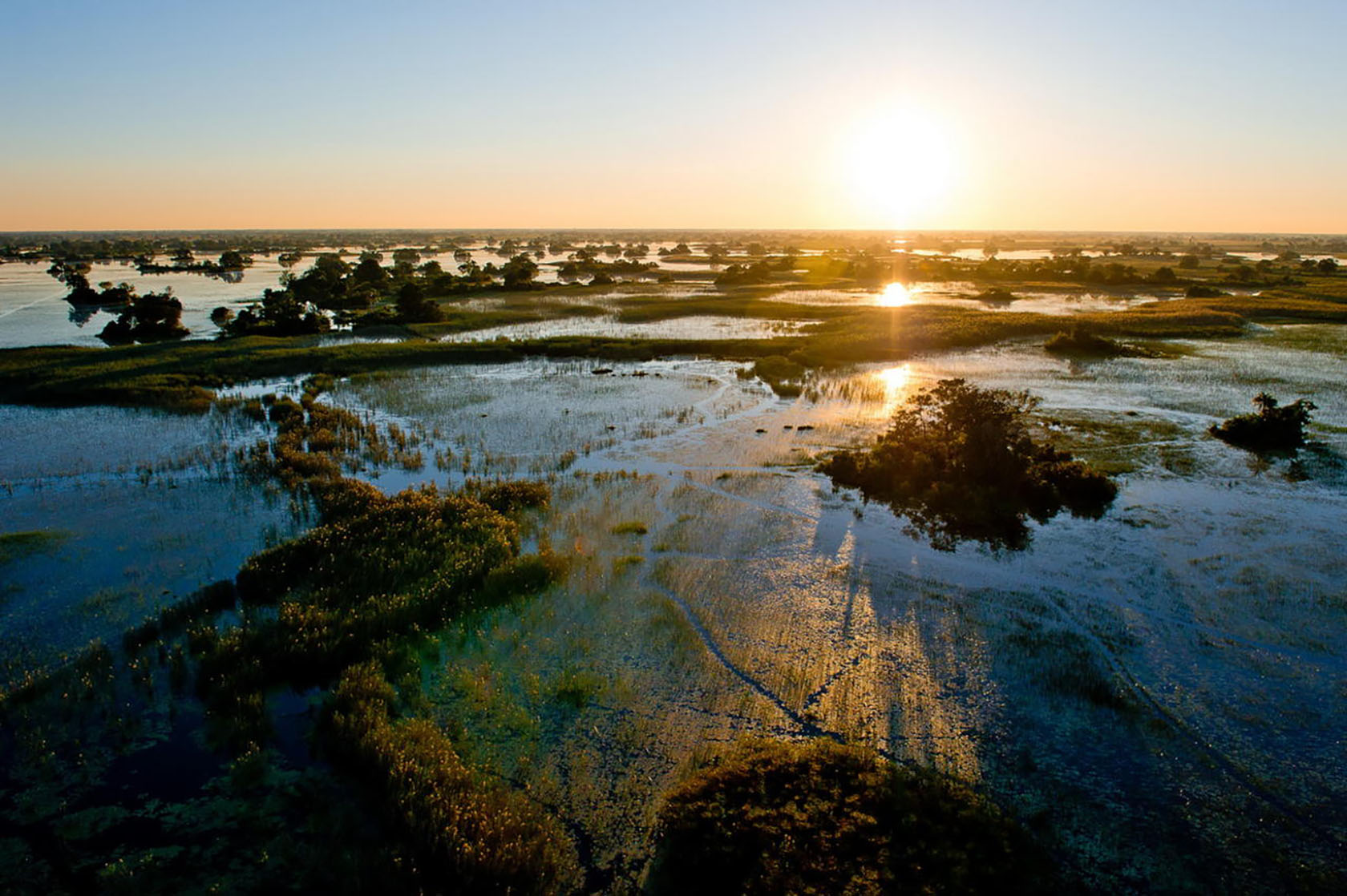
Botswana leads in ecotourism, with 38% of its land safeguarded as national parks, including the Okavango Delta, a UNESCO site teeming with elephants and big cats. Solar-powered lodges and water recycling systems define its eco-friendly approach, while local guides ensure cultural and environmental respect. Safaris, boat cruises, and walking tours are designed to reduce carbon footprints, with tourism revenue funding conservation. Visitors can explore Chobe National Park or the Kalahari Desert, immersing in wildlife while supporting sustainable practices. Botswana’s model of low-impact travel and community empowerment makes it a top choice for responsible safari enthusiasts.
7. Patagonia: Pristine Wilderness

Patagonia, spanning Argentina and Chile, offers untouched landscapes of glaciers, mountains, and lakes. Torres del Paine National Park stands out for sustainable trekking and horseback riding, minimizing ecological disruption. Eco-lodges, often powered by renewable energy, provide low-impact stays, while kayaking and wildlife spotting engage travelers with nature. Conservation efforts protect species like Andean condors, and operators focus on waste reduction and local employment. Patagonia’s commitment to preserving its wild beauty ensures travelers can explore responsibly, making it a haven for those seeking eco-friendly adventures in one of the world’s last great wildernesses.
6. Peru: Biodiverse Beauty

Peru’s diverse ecosystems, from the Amazon rainforest to Andean peaks, make it a hotspot for sustainable tourism. Protected areas like Manu Biosphere Reserve host unique wildlife, with eco-lodges using solar power and supporting local communities. Responsible tours to Machu Picchu emphasize low-impact travel, while Amazon treks and birdwatching in Paracas promote conservation. Cultural immersion through farm-to-table dining and artisan markets enhances the experience. Peru’s blend of ancient heritage and green practices ensures travelers can explore responsibly, contributing to efforts that preserve its natural and cultural treasures for future generations.
5. Bhutan: Carbon-Negative Haven

Bhutan’s Himalayan landscapes and carbon-negative status set it apart as a sustainable tourism leader. A constitutional mandate maintains 60% forest cover, while a $100 daily Sustainable Development Fee funds conservation and community projects. Low-volume tourism preserves cultural sites like Paro Taktsang monastery and pristine valleys. Eco-friendly accommodations and guided treks minimize environmental impact, offering authentic experiences rooted in Bhutan’s Gross National Happiness philosophy. Travelers can engage in responsible exploration, knowing their visit supports a nation dedicated to balancing tourism with ecological and cultural preservation, making Bhutan a unique eco-friendly gem.
4. Borneo: Jungle Conservation
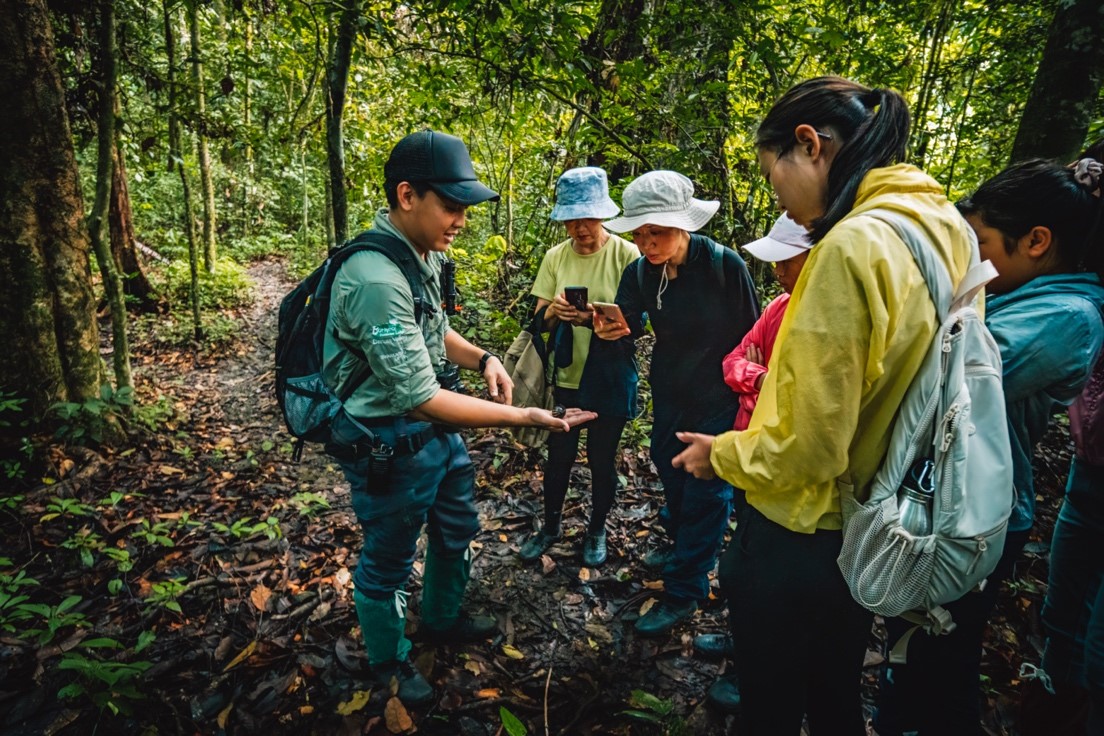
Borneo’s rainforests, home to orangutans and pygmy elephants, thrive under sustainable tourism initiatives. Eco-lodges like Sukau Rainforest Lodge use renewable energy, while jungle treks and river safaris prioritize conservation. Community-based projects empower locals, with tourism revenue funding wildlife sanctuaries. Snorkeling in marine parks and visiting turtle hatcheries offer low-impact adventures. Borneo’s focus on protecting its biodiversity through responsible travel ensures visitors contribute to preserving one of the world’s most vital ecosystems, making it a top destination for eco-conscious explorers seeking tropical wonders.
3. Galapagos Islands: Evolutionary Treasure

The Galapagos Islands, a UNESCO World Heritage site, protect 90% of their land as a national park, enforcing strict visitor limits to safeguard unique species like giant tortoises. Eco-friendly tours, including snorkeling with sea lions and hiking volcanic trails, emphasize conservation. Lodges use sustainable practices, and guides educate on preserving fragile ecosystems. Tourism revenue supports research and habitat protection, ensuring minimal environmental impact. The Galapagos offer a rare chance to explore a living laboratory of evolution responsibly, making them a bucket-list destination for sustainable travelers drawn to biodiversity and natural history.
2. Slovenia: Green European Gem
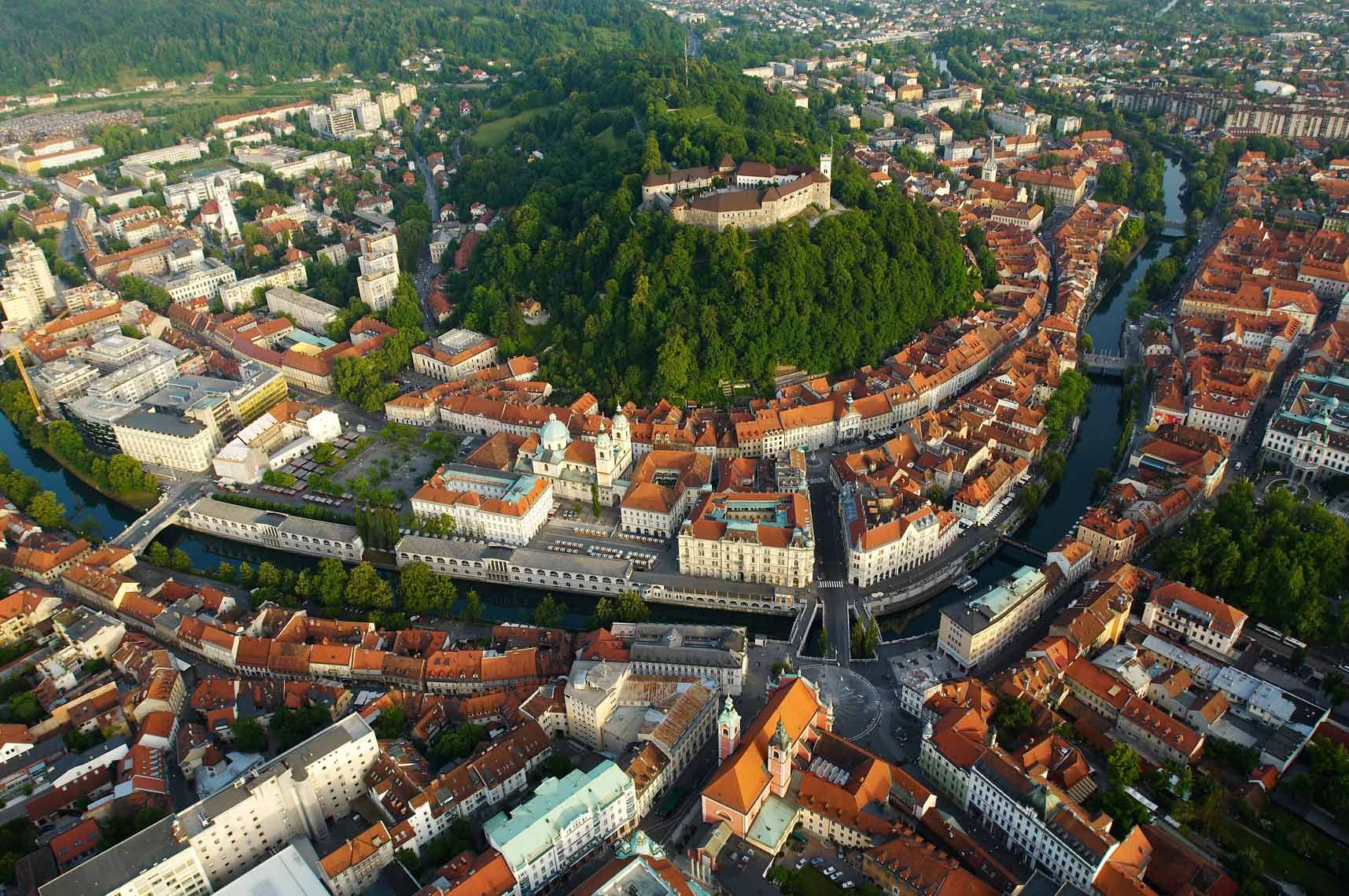
Slovenia, the world’s first “Green Destination,” generates 75% of its electricity from hydroelectric power, with Ljubljana earning European Green Capital status for eco-friendly transport like electric trains. Triglav National Park offers hiking and cycling, while farm-to-table cuisine highlights sustainability. Eco-certified accommodations and green festivals promote responsible tourism. Visitors can explore Lake Bled’s serene beauty or Ljubljana’s pedestrian zones, knowing their trip supports a nation leading in environmental innovation. Slovenia’s seamless blend of culture, nature, and green practices makes it a standout for eco-friendly European travel.
1. Costa Rica: Ecotourism Leader
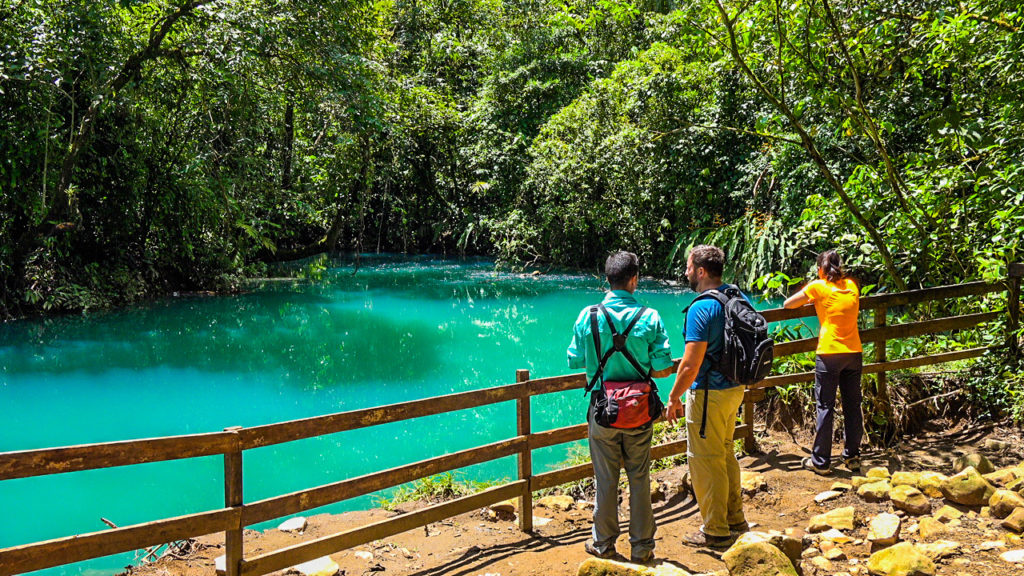
Costa Rica, a global ecotourism pioneer, protects 25% of its land as national parks, hosting 5% of the world’s biodiversity. With 98.1% renewable energy, it sets a standard for sustainable tourism. Eco-lodges in regions like Monteverde offer zip-lining, rafting, and wildlife tours, while coastal areas provide surfing and turtle conservation. Conservation efforts, like those in Corcovado National Park, protect jaguars and scarlet macaws. Local communities benefit from tourism revenue, ensuring cultural and environmental preservation. Costa Rica’s “Pura Vida” ethos and green practices make it the ultimate destination for responsible travelers seeking adventure and impact.

